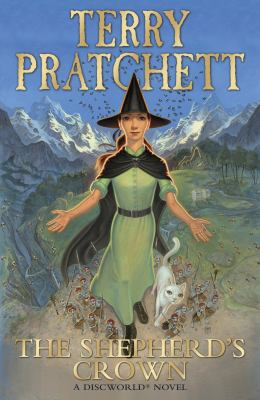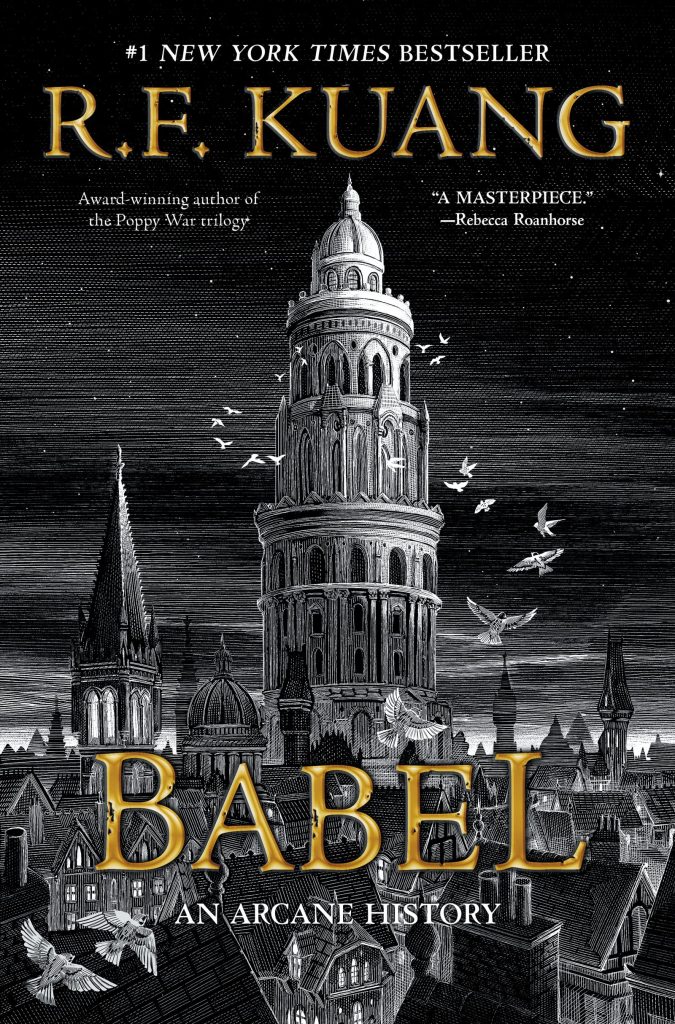Okay, okay, that’s only half a cry for help. I am a librarian1, after all; If I can’t find my own reads, how can I help others? Beyond making for a snappy title, though, it really is a call for suggestions. I’ve been working through the 41 Discworld books for… over a year now? I’ve taken breaks and read other things in between. Still, eventually, I dive back in and binge five or six in a row, mainly reading in publication order. As of writing this I haven’t quite finished but I’ve only got a few books left. Snuff, locking up Vimes’ story, Raising Steam, Most Von Lipwig’s final con, and The Shepherd’s Crown putting the main Discworld novels out to pasture. I wish there had been one more Death/Susan book after Thief of Time, but, I said goodbye to them as main characters months ago. As I’ve been reading digitally, I’m also missing out on Eric and The Last Hero, the two illustrated novels that I can’t find in library databases, so there’s still some Rincewind and Cohen the Barbarian stories I could seek out. If all these character names mean nothing to you, read on. If they do, and you miss them, please tell me in the comments what you’ve been reading to fill that hole.
Continue readingTag Archives: Fantasy
Babel: An Arcane History
Babel (full subtitle: Or, the Necessity of Violence: An Arcane History of the Oxford Translator’s Revolution) by R.F. Kuang is a big, bold, incredible conundrum of a novel. Anything clocking in at over 500 pages is already going to be asking a lot from its readers. And that title? Music to my history nerd ears (eyes?), but what a mouthful! From the jump, Kuang is telegraphing what you’re about to sink into, and that is a dense, at times challenging, historical epic. Babel follows Robin Swift as he’s taken from his home in Canton to be raised in England, priming him for a lucrative career in Oxford’s translation department. But things aren’t all what they seem, and Robin quickly gets caught up in an underground, anticolonial movement called the Hermes Society.
This book is marketed as a fantasy, but it’s light on the magic. In this version of Industrial Revolution era Britain, the gilded Oxford University has a Royal Institute of Translation (I googled: not a real thing) based out of a tower aptly named Babel. This institute works by translating and inscribing words into enchanted silver bars, which function like a source of energy for their owners. So, countries that can afford more silver bars gain more power. Kuang doesn’t imagine much of an alternate history here; Britain is the dominant force in the silver trade and thus has the strongest colonial power—just like real life. Truthfully, not much is different than actual British trade history. I know some readers were frustrated by that, but it doesn’t bother me. Just approach the novel like historical fiction with some slight fantasy elements, and that should mitigate any disappointment.
Rather than the more typical elements of fantasy fiction, the magic in this world is the act of translation itself. This might be where reader reactions diverge. Kuang, a scholar through and through (she currently has two Masters, one each from Oxford and Cambridge, and a PhD in East Asian Languages and Literature from Yale) is not shy about loading the text with thorough explorations of linguistics and the history of language. Your mileage may vary on how interesting this is; as someone who minored in linguistics, I am always happy to see the word “Proto-Indo-European” appear in the wild. Give me all the etymologies!
Continue readingModern Myths
Modern Myths
I have always been fascinated by mythology and, to a lesser extent, the religions surrounding it. Or that created the myths in the first place. Having been raised religious only to eschew that way of life as I get older, as many people in my generation have, I still remember the stories that are part of the mythos of Catholicism*1: God creating the world in seven days*2, Noah’s ark, David and Goliath, The Book of Revelation, and others. These are shared archetypical stories transcending cultures, even if details differ. The Creation Myth*3, The Ark*4, Divine Intervention*5, and The End of the World as We Know It*6 link with the stories mentioned. With these tales being archetypical, it’s only natural that they get repackaged and repurposed as time passes. Sometimes they’re brought into modern times but maintain the same message or ideas. Other times authors take them in a different direction or focus on characters that were sidelined in the original tale, which is particularly common with female characters. These rewrites can be serious, satirical, feminist, drive home An Aesop*7, or just stories that use mythology as a jumping-off point for something otherwise original.

